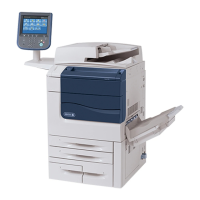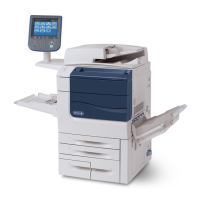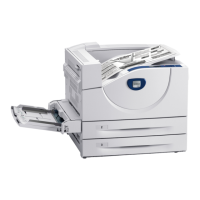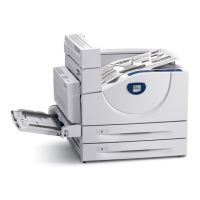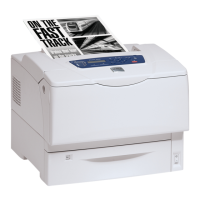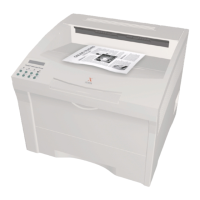Interrupt
at
Channel
End
(Bit Position 35).
An
I/o
interrupt
may be requested when the
device
signals a
"channel
end"
(signifying
that
the
current
order has been
either
com-
pleted
or terminated) by coding the Interrupt
at
Channel
End
(ICE) flag as a
1.
If the
I/O
interrupt level within the
interrupt system (location
X
'
5C)
is armed,
enabled,
and
not
inhibited,
the request wi
II
be processed by the
BP
in
ac-
cordance
with the priority
that
prevai
Is
within the
interrupt
system, the lOPs, and the
I/O
subchannels
of
the MIOP.
The
occurrence
of
an
I/o
interrupt because
of
a
"channel
end"
is
reported as status info.rmation (bit position
11
of
register
R)
when the
BP
executes
an
AIO instruction
(nor-
mally
part
of
the
I/O
interrupt-handling
routine). The
I/o
interrupt request may be processed
without
affecting
the
I/o
operation.
(Note:
Specific
conditions under which a
"channel
end
ll
signal may be
generated
are
dependent
upon
the
characteristics
of
the
device.
Refer to an appropriate
Xerox peri pheral
reference
manua I for further
detai
Is.
)
Halt
on Transmission Error Flag (Bit Position 36).
The
fol-
lowing errors (or lIunusual end
ll
condition) may
be
detected
by the MIOP when an
10CD
is being
executed:
1.
Bus
check
fault
(BCF)
whi
Ie
fetching
data.
2. Transmission Data Error
(TDE);
may also be
detected
by
device
controller.
3.
Transmission Memory Error
(TME).
4.
Write Lock Violation 0NLV), during input operations
only.
5.
Incorrect
length,
conditional;
see IISuppress Incorrect
Length Flag".
6.
Memory Interface Error
(MIERR)
whi
Ie
fetching
data.
If
the
HTE
flag is coded as a 0, the
above
errors
are
recorded
when
detected
and reported as status information when the
BP
executed
an
SIO,
TIO, or HIO instruction, but the
I/o
operation
is not
halted.
If
the
HTE
flag
is
coded as a 1, and
any
error
(as
listed
above) is
detected,
the
I/O
operation
is
terminated
im-
mediately. The error is also reported as status information
when the
BP
executes
an
SIO,
HIO,
or TIO instruction.
The
HTE
flag must be coded
identically
in
every
10CD
as-
sociated
with the same logical record. Thus,
if
data
chain-
ing is
specified,
the
HTE
flag in
the
new
10CD
must be
the
same as the
HTE
flag in the previous
10eD.
This restriction
applies
to
data
chaining
only, and
not
to command
chaining.
In
addition to the "unusual end
ll
conditions listed
above,
which may terminate the
I/O
operation
only
if
the
HTE
flag is coded as a 1, any
of
the following "unusual end
ll
conditions
wi
II
unconditionally
terminate the
I/O
operation:
1. Memory Address Error (MAE).
2.
lOP
Control Error (IOPCE).
3. Control
Check
Error (CCF).
4.
lOP
Memory Error (IOPME).
5.
Bus
Check
Fault
(BCF)
whi
Ie
fetching an
10CD.
6.
Memory
interface
Error
(MIE)
whi Ie
fetching
an
10CD.
Interrupt on Unusual
End
Flag (Bit Position 37).
If
an
I/o
Interrupt
is
to be requested when an "unusual
end"
condition
is
detected
while
either
fetching
or
executing
an
10CD,
the Interrupt on Unusual
End
(IUE)
flag must be
coded
as
a 1. If the
I/O
interrupt level within the
interrupt
system
(location
X
'
5C)
is armed,
enabled,
and not
inhibited,
the
re-
quest will be processed by the
BP
in
accordance
with
the
priority
that
prevalis within
the
interrupt system, the lOPs,
and the
I/O
subchannels within an MIOP. The
occurrence
of
an
I/O
interrupt
because
of
an "unusual
end"
condition
is reported as status i nforma ti on
(bi
t posi ti on 12
of
reg-
ister
R)
when the
BP
executes
an
AIO instruction (normally
part
of
an
I/o
interrupt-handling
routine).
The
I/O
inter-
rupt request may
be
processed wi
thout
affecti
ng
the progress
of
the
I/O
operation.
If the
IUE
flag is
coded
as a 0, an "unusual
end"
condition
may be
detected
but
no
interrupt
will
be
requested.
Suppress Incorrect Length Flag (Bit Position 38).
An
incor-
rect
length condition may
occur
when the
specified
byte
count
is
not
equal
to a fixed
or
prescribed byte
count
for a
record (e.
g.,
attempting
to read more than 80 columns
of
data
from a punched card).
Specific
conditions under which
an
incorrect
length signal is
generated
are
dependent
upon
the
device.
Refer to an
appropriate
Xerox peripheral
equip-
ment
reference
manua I for further
detai
Is.
If the Suppress Incorrect Length
(SIL)
flag is coded as a °
when an
incorrect
length condition
is
detected,
it
is
re-
ported as an
incorrect
length
and,
depending upon the
de-
vice,
may be reported as an lIunusual end
ll
•
If
the
HTE
flag
is also coded as a 1, the
I/o
operation
is terminated and
reported as an
lIunusual end
ll
•
If
the
SIL
flag is coded as a 1 when an
incorrect
length
con-
dition is
detected,
it
is reported as an
incorrect
length
but
suppressed as an lIunusual end
ll
• Hence, the
I/O
operation
is
not
terminated.
The
presence or
absence
of
an
incorrect
length condition
is reported as status information when the
BP
executes
an
SIO,
HIO,
AIO,
or TIO instruction.
Skip Flag (Bit Positi
on
39). If the Skip
(S)
flag is coded as
a
0,
it
has no
effect
upon the
I/o
operation.
If the S flag is coded as a 1, the
lOP
is
inhibited from
ac-
cessing main memory and consequently no
data
is transferred
between the main memory and the
data
buffers
of
the
I/o
subchannel. All
other
operations or functions within the
Input/Output
Processor (lOP) Fundamentals 145
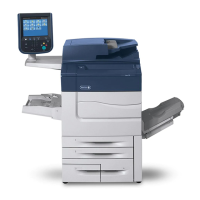
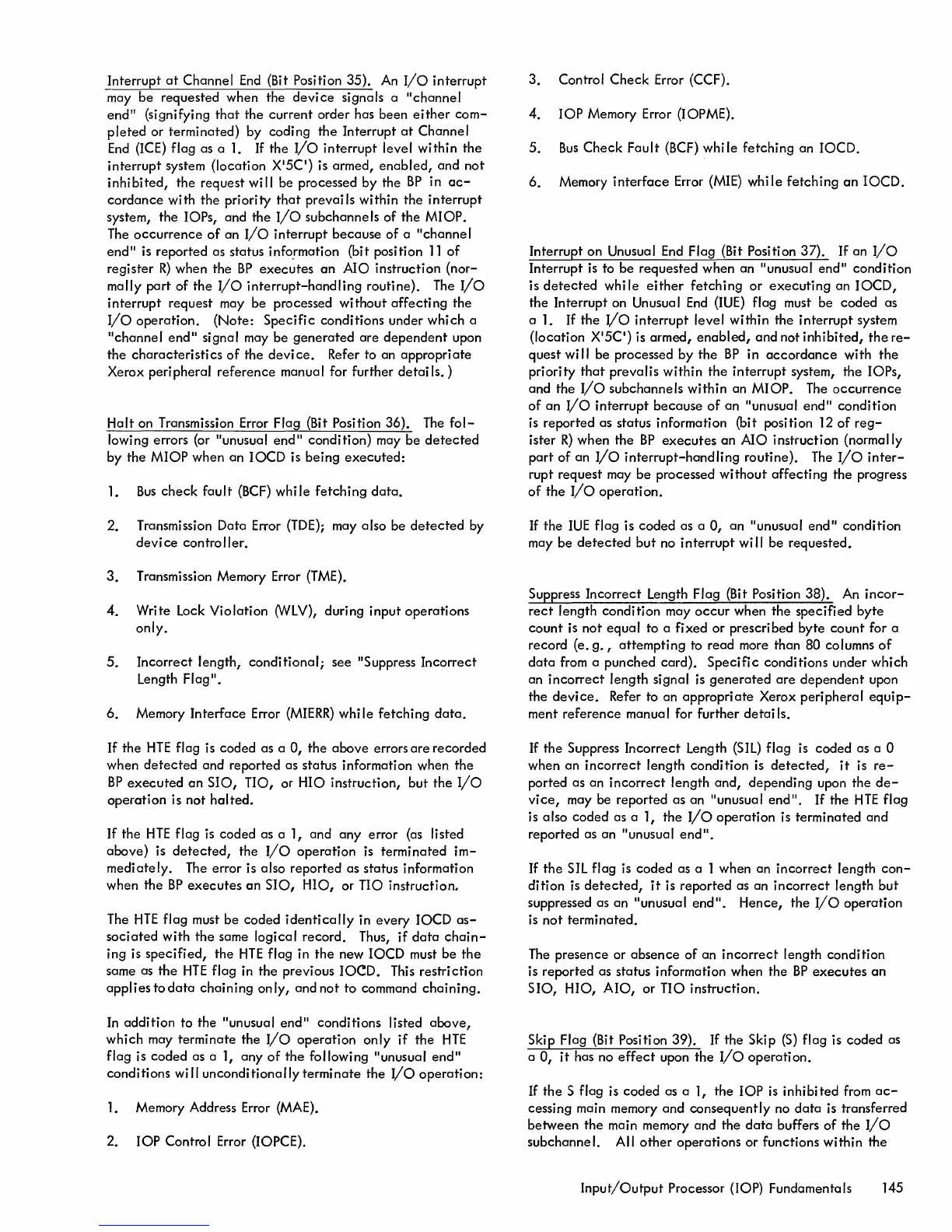